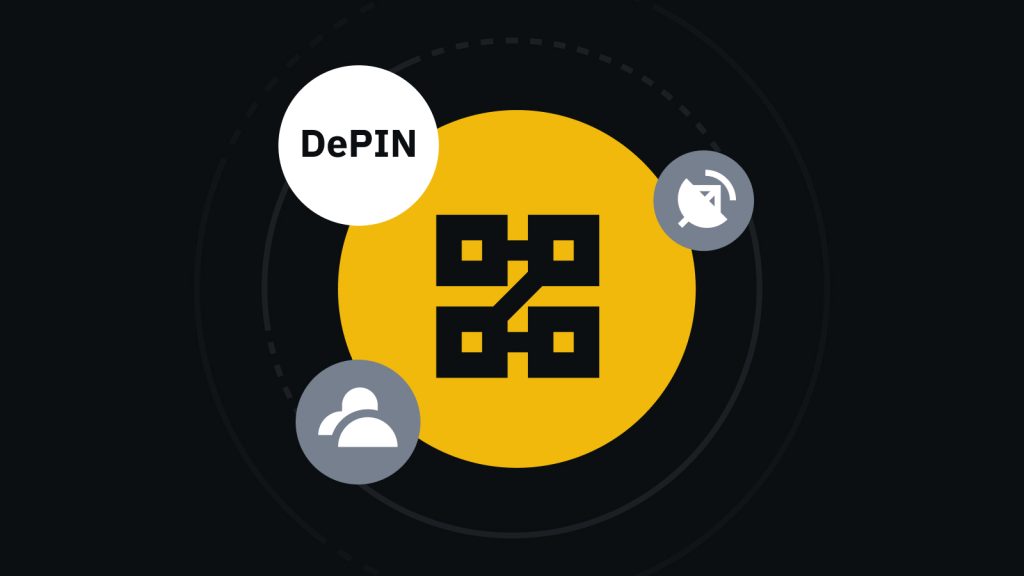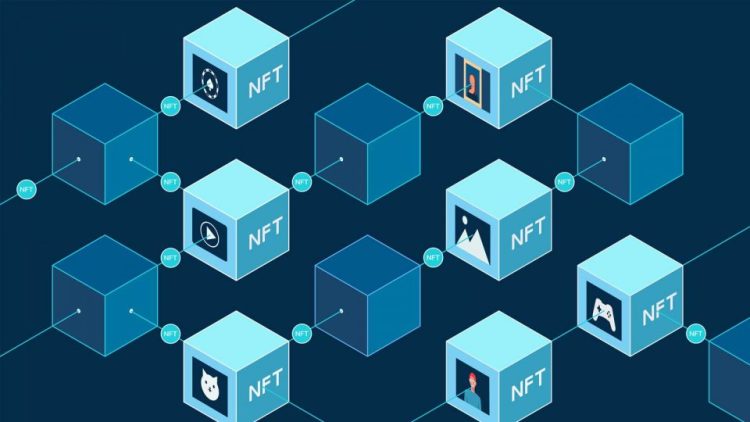Blockchain technology is widely praised for its high level of security, which is one of the reasons it has gained trust and adoption in industries such as finance, healthcare, logistics, and government. But how exactly is this security achieved? And what kinds of cyberattacks can blockchain effectively resist?
This article explores the mechanisms that ensure blockchain security and the types of threats it is designed to withstand.
1. How Blockchain Ensures Security
Blockchain security is built on a combination of cryptographic algorithms, decentralized network structure, and consensus mechanisms. Let’s examine the core components that contribute to its robustness.
1.1 Cryptographic Hashing
Each block in a blockchain contains a cryptographic hash of the previous block. This hash is like a digital fingerprint—any change in the data alters the hash completely.
- Integrity Guarantee: If a malicious actor tries to alter a block’s content, it changes the hash, breaking the link to the next block. This inconsistency is immediately detectable by the network.
- Immutability: Because every block is linked to the previous one through hashes, modifying any data retroactively would require changing every block that follows it—a nearly impossible task in large, distributed networks.
1.2 Decentralization
Blockchain operates on a peer-to-peer network of distributed nodes. Each node has a full or partial copy of the blockchain and participates in verifying transactions.
- No Single Point of Failure: Unlike centralized systems, where attacking one server can bring down the entire system, decentralized systems are resilient. Even if some nodes fail or are compromised, the network as a whole remains operational.
- Fault Tolerance: Blockchain continues to function correctly as long as the majority of nodes behave honestly (e.g., more than 50% in Bitcoin’s proof-of-work model).
1.3 Consensus Mechanisms
To add new transactions or blocks, blockchain networks use consensus protocols to agree on the state of the network. Common types include:
- Proof of Work (PoW) (e.g., Bitcoin): Requires computational power to solve complex puzzles. It’s costly to manipulate the network.
- Proof of Stake (PoS) (e.g., Ethereum 2.0): Validators are chosen based on their stake (i.e., tokens held). Misbehavior can lead to loss of funds.
- Byzantine Fault Tolerance (BFT): Used in permissioned blockchains to reach consensus even when some nodes are malicious.
These mechanisms make it extremely hard for attackers to override or falsify transactions without controlling a large portion of the network.
1.4 Smart Contract Security (in some blockchains)
On platforms like Ethereum, smart contracts enforce the rules of digital agreements. When properly written, these contracts execute automatically and are tamper-proof. However, their security also depends on code quality, as vulnerabilities in poorly written smart contracts can be exploited.
2. Types of Attacks Blockchain Can Resist
Thanks to the mechanisms above, blockchain is naturally resistant to several common cyber threats:
2.1 Double-Spending Attacks
What is it? A malicious actor attempts to spend the same cryptocurrency twice.
Blockchain Defense: Through consensus and time-stamped blocks, once a transaction is confirmed and added to the chain, it becomes virtually impossible to reverse without re-mining or altering all subsequent blocks.
2.2 DDoS (Distributed Denial of Service) Attacks
What is it? Overwhelming a system with traffic to make it unavailable.
Blockchain Defense: Because of its decentralized nature, blockchain has no central server to attack. Taking down the entire network would require attacking thousands of nodes simultaneously—highly impractical and extremely costly.
2.3 Data Tampering
What is it? Unauthorized alteration of transaction records or data.
Blockchain Defense: Due to the cryptographic hashes and linked structure of blocks, tampering with one block breaks the hash chain. Any inconsistencies are quickly detected and rejected by honest nodes.
2.4 Man-in-the-Middle Attacks
What is it? An attacker intercepts and potentially alters communication between two parties.
Blockchain Defense: Blockchain transactions are signed with private keys and verified by the network. Even if communication is intercepted, the attacker cannot alter the signed data without access to the user’s private key.
2.5 Unauthorized Access or Forgery
What is it? Gaining access to an account or pretending to be another user.
Blockchain Defense: Cryptographic key pairs (private/public) are used for authentication. Unless the attacker has the private key, they cannot forge transactions or gain access.

3. Types of Attacks Blockchain Is Vulnerable To (and How to Mitigate)
While blockchain is secure by design, no system is 100% invulnerable. There are attack vectors that can target blockchain systems, especially when poorly implemented.
3.1 51% Attacks
What is it? If a malicious group controls more than 50% of the network’s mining or validating power, they can manipulate the ledger (e.g., perform double-spending).
Risk Level: High for smaller networks with low hash power or stake, low for large networks like Bitcoin or Ethereum.
Mitigation:
- Increase network size and decentralization.
- Use alternative consensus mechanisms like PoS or hybrid models.
3.2 Smart Contract Exploits
What is it? Vulnerabilities in smart contract code can be exploited to steal funds or disrupt services.
Risk Level: Medium to high, depending on contract complexity.
Mitigation:
- Conduct formal code audits.
- Use standardized, tested smart contract templates.
- Implement bug bounties and testnets.
3.3 Sybil Attacks
What is it? An attacker creates many fake identities (nodes) to gain influence over the network.
Risk Level: Medium, particularly in permissionless networks.
Mitigation:
- Require economic commitment to participate (e.g., staking in PoS).
- Use identity verification in permissioned blockchains.
3.4 Endpoint Vulnerabilities
What is it? Attacks on wallets, browsers, exchanges, or other interfaces users interact with.
Risk Level: High for individual users.
Mitigation:
- Use hardware wallets.
- Enable multi-factor authentication.
- Keep private keys offline (cold storage).
4. Conclusion
Blockchain technology offers exceptional security due to its decentralized architecture, cryptographic foundations, and consensus protocols. It naturally defends against a variety of cyber threats, including data tampering, double-spending, and DDoS attacks.
However, like any system, it is not entirely immune to risks—especially those stemming from poor implementation, user errors, or smart contract flaws. Therefore, maintaining blockchain security also depends on good coding practices, robust network participation, and user awareness.
As blockchain continues to evolve, ongoing research and innovation will further strengthen its ability to withstand both traditional and emerging cyber threats.
















































